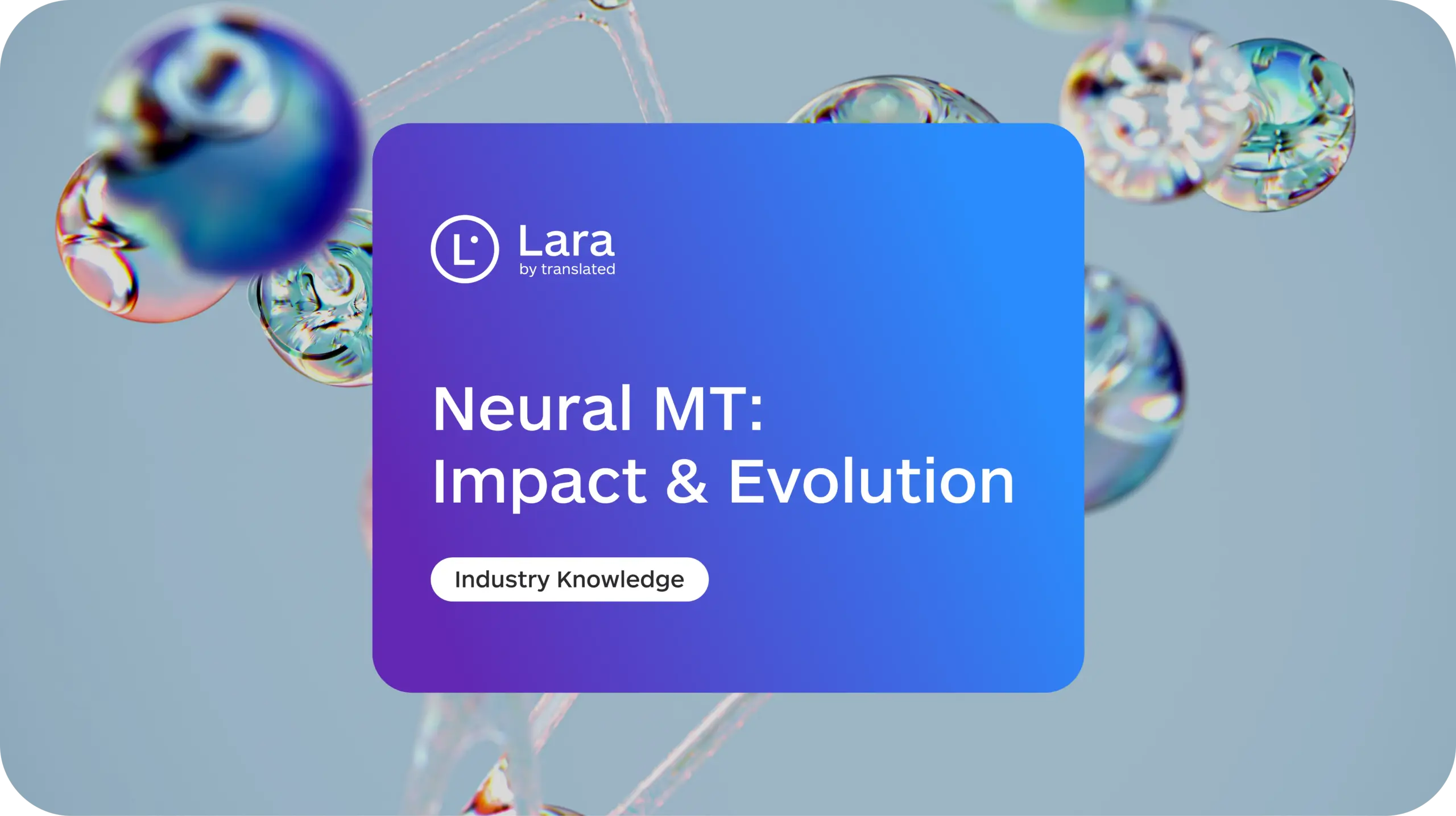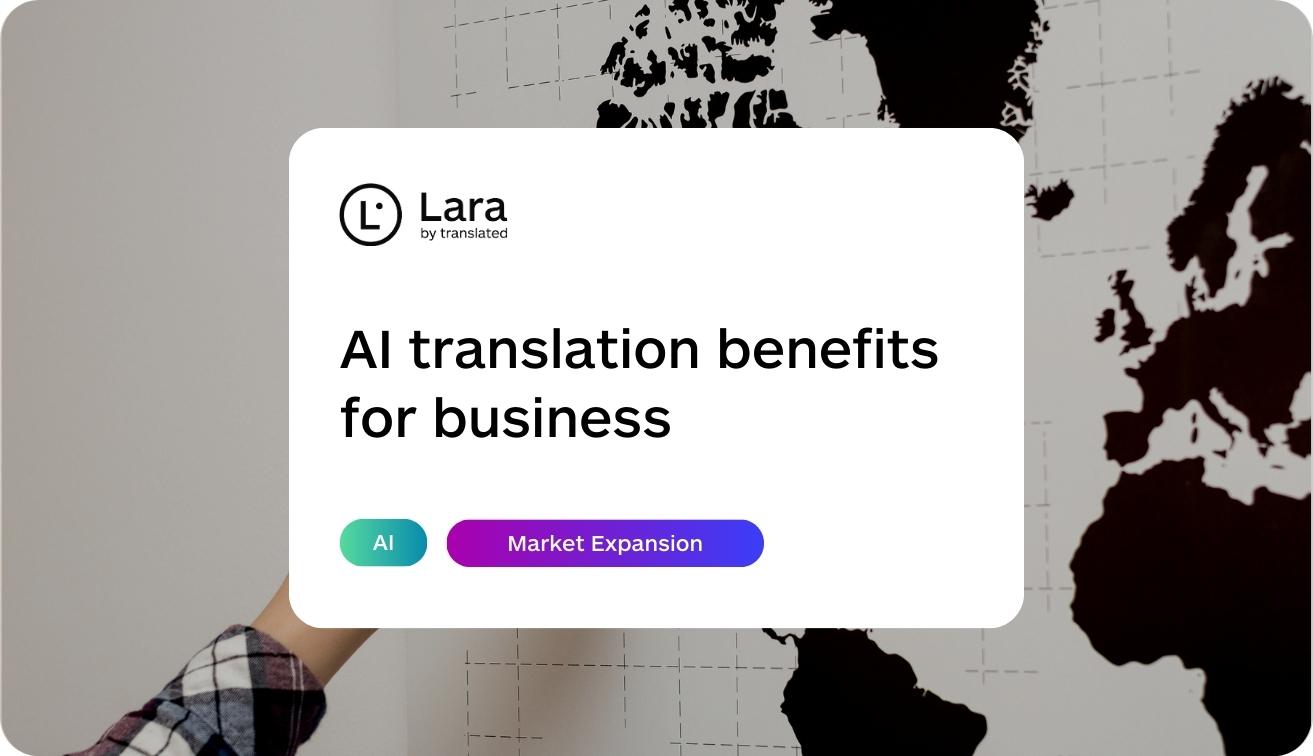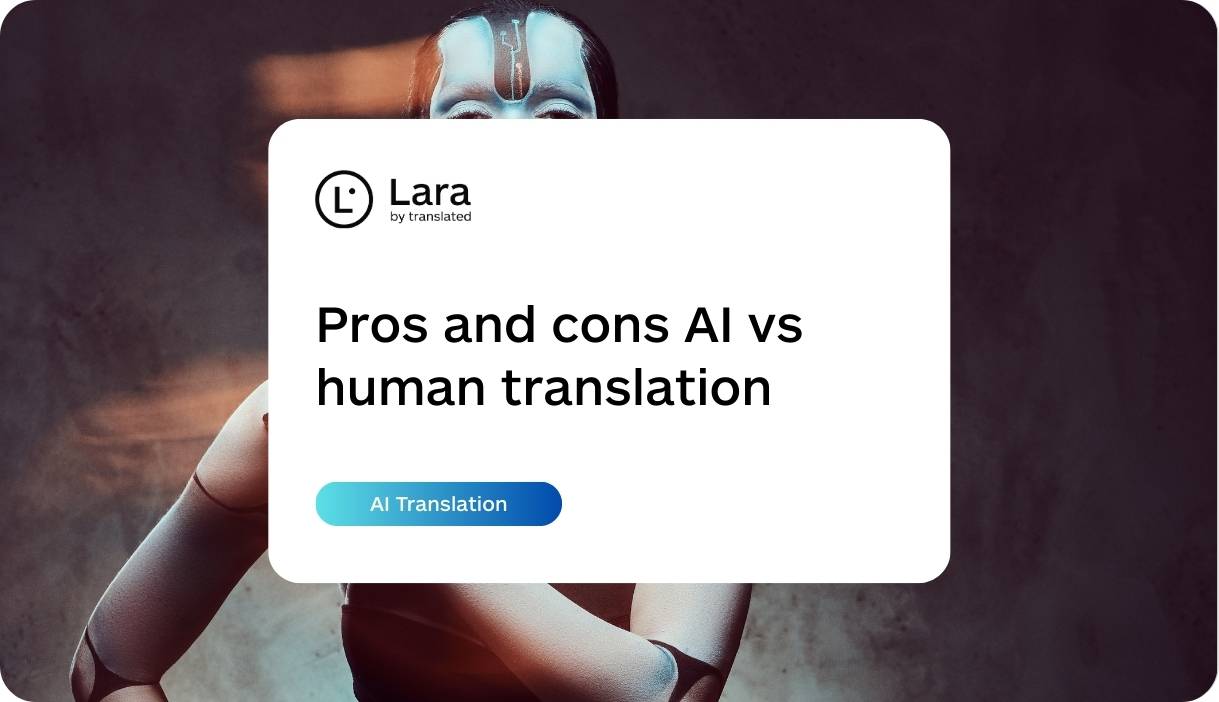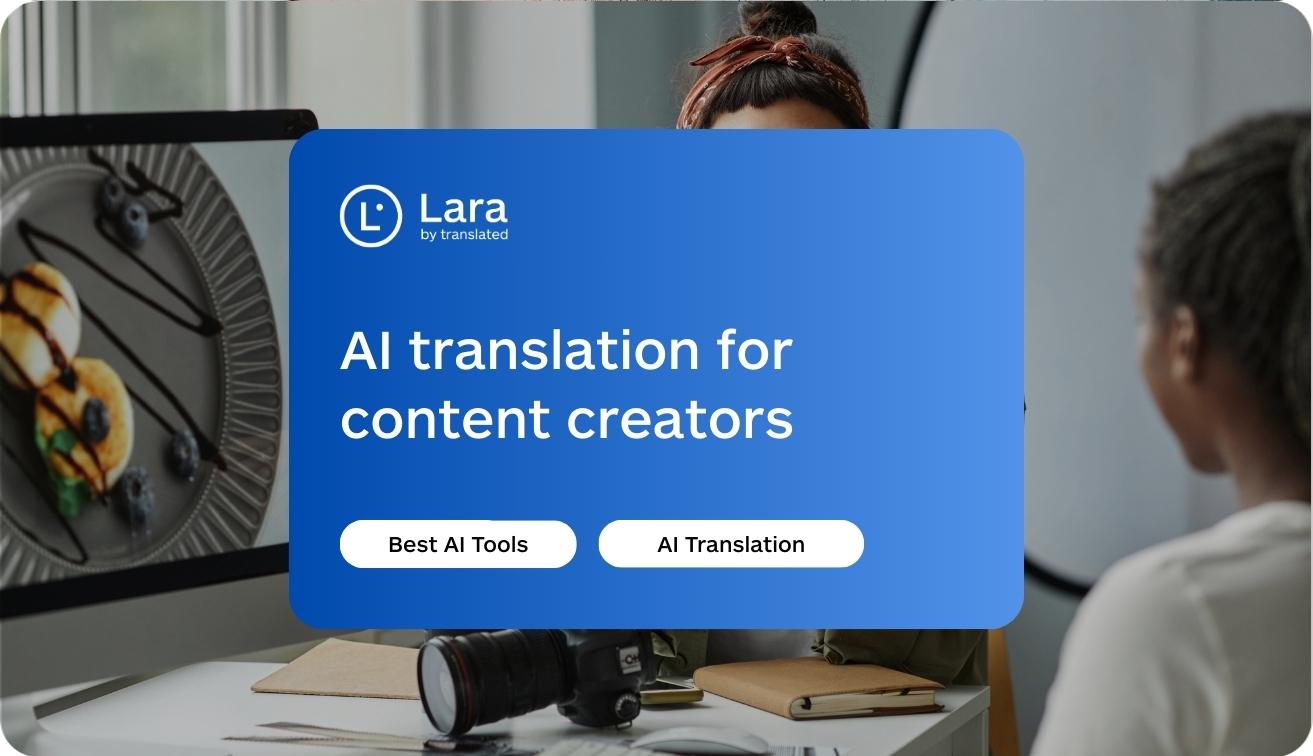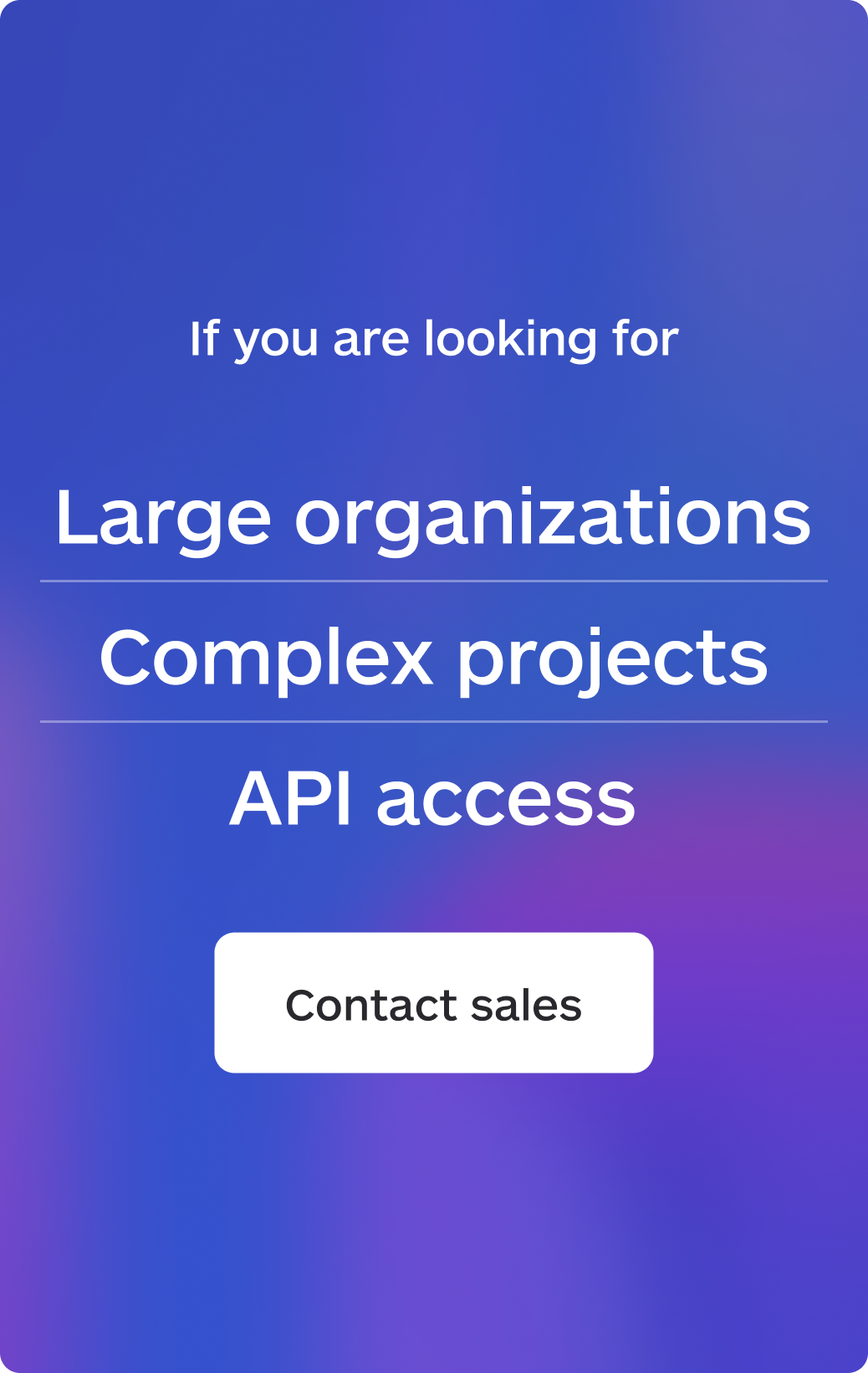Neural Machine Translation (NMT) represents a revolutionary approach to automated language translation, leveraging artificial neural networks to transform how we bridge language barriers. This technology has fundamentally changed global communication, enabling instant, accurate translations across hundreds of language pairs.
Understanding Neural Machine Translation
At its core, NMT utilizes artificial neural networks that mimic human brain function. The system processes language through two main components: an encoder that reads and comprehends the source text, and a decoder that generates the translation. These networks learn patterns from millions of existing translations, continuously improving their understanding of language nuances.
The encoding-decoding process involves:
- Converting words into numerical vectors
- Processing these vectors through multiple neural network layers
- Generating probability distributions for possible translations
- Selecting the most likely translation sequence
Key Features
NMT’s distinctive characteristics include end-to-end learning, eliminating the need for separate processing steps common in older systems. The technology excels at understanding context, considering entire sentences rather than isolated words. This results in more natural, fluent translations that capture subtle linguistic nuances.
Historical evolution
The journey to NMT passed through several stages:.
Early Beginnings (1950s-1970s)
The quest for machine translation began during the Cold War, driven by the U.S. government’s need to translate Russian scientific documents. The Georgetown-IBM experiment of 1954 marked the first public demonstration of machine translation, translating 60 Russian sentences into English. Despite initial optimism, these early rule-based systems faced significant limitations.
The rule-based era (1970s-1990s)
Rule-based Machine Translation (RBMT) systems dominated the field for decades. These systems relied on:
- Extensive linguistic rules manually coded by experts
- Bilingual dictionaries for word-to-word translation
- Syntactic analysis of source text
- Transfer rules between language pairs
However, RBMT systems struggled with ambiguity, idioms, and the sheer complexity of natural language. The famous “the spirit is willing but the flesh is weak” mistranslation to Russian and back (allegedly becoming “the vodka is good but the meat is rotten”) highlighted these limitations.
Statistical revolution (1990s-2010s)
IBM’s groundbreaking research in the late 1980s led to Statistical Machine Translation (SMT), which brought a paradigm shift. Instead of relying on rules, SMT:
- Analyzed large parallel corpora of human translations
- Used probability models to determine likely translations
- Introduced phrase-based translation
- Required less linguistic expertise to develop
Google Translate, launched in 2006, initially used SMT and became the most widely used translation service globally. However, SMT still produced awkward translations and struggled with long-distance dependencies in sentences.
Transition to neural networks (2010s)
Several factors drove the shift to Neural Machine Translation:
- Increased computational power and GPU acceleration
- Availability of large-scale parallel corpora
- Breakthroughs in deep learning architectures
- Development of attention mechanisms
Google’s switch to NMT in 2016 marked a turning point, demonstrating significant improvements in translation quality across their supported languages.
The neural revolution (2016-Present)
NMT brought fundamental changes to machine translation:
- End-to-end learning without hand-crafted features
- Better handling of word order differences between languages
- Improved context understanding
- More fluent and natural-sounding translations
The introduction of the Transformer architecture in 2017 further revolutionized the field, enabling:
- Parallel processing of input sequences
- Better handling of long-range dependencies
- More efficient training
- Improved translation quality
Technical milestones
Key developments in NMT include:
- 2014: Introduction of sequence-to-sequence models
- 2015: Development of attention mechanisms
- 2017: Release of the Transformer architecture
- 2018: Emergence of pre-trained language models
- 2019: Advanced multilingual NMT systems
Applications and use cases
NMT serves diverse needs across multiple sectors:
- Personal use: Travel assistance, social media communication
- Business: International correspondence, document translation
- Specialized fields: Technical documentation, medical translation
- Education: Language learning, academic research
Strengths and current limitations
While NMT offers remarkable advantages in speed, accuracy, and language coverage, it faces certain challenges. The technology requires significant computational resources and large training datasets, making it less effective for languages with limited digital presence. Consistency can sometimes be an issue, particularly with specialized content or complex linguistic structures.
Human translators remain essential for certain types of content, particularly in legal, medical, and creative fields where cultural nuance and absolute precision are crucial. Rather than replacing human expertise, NMT has evolved to complement it, streamlining basic translation needs while leaving more complex tasks to human professionals.
Looking ahead
Current research in NMT focuses on addressing existing limitations while pushing the boundaries of what’s possible in machine translation. Scientists are working to reduce computational requirements, improve handling of low-resource languages, and enhance domain adaptation capabilities. The integration of broader world knowledge and more sophisticated understanding of cultural context represents the next frontier in NMT development.
Impact and future prospects
The emergence of NMT has transformed the translation landscape, making cross-language communication more accessible and natural than ever before. As the technology continues to evolve, we can anticipate even more sophisticated systems that better understand context, culture, and nuance while maintaining the efficiency and accessibility that make NMT so valuable.
In an increasingly globalized world, the importance of effective translation technology cannot be overstated. While NMT may never fully replace human translators, its continued development promises to further break down language barriers, fostering greater international understanding and collaboration. The future of NMT suggests a world where language differences become less of an obstacle to human connection and communication, while still preserving the richness and complexity of human language.
This article is about
- The evolution of machine translation
- How neural machine translation works
- Key technical milestones
- Applications and current limitations
- The future of NMT
